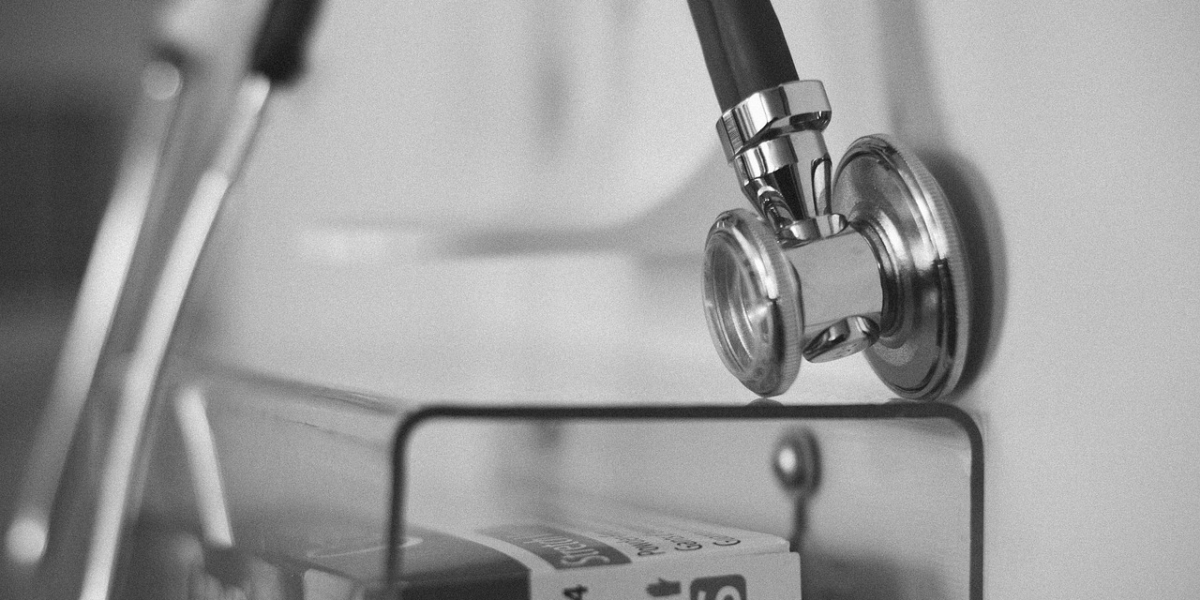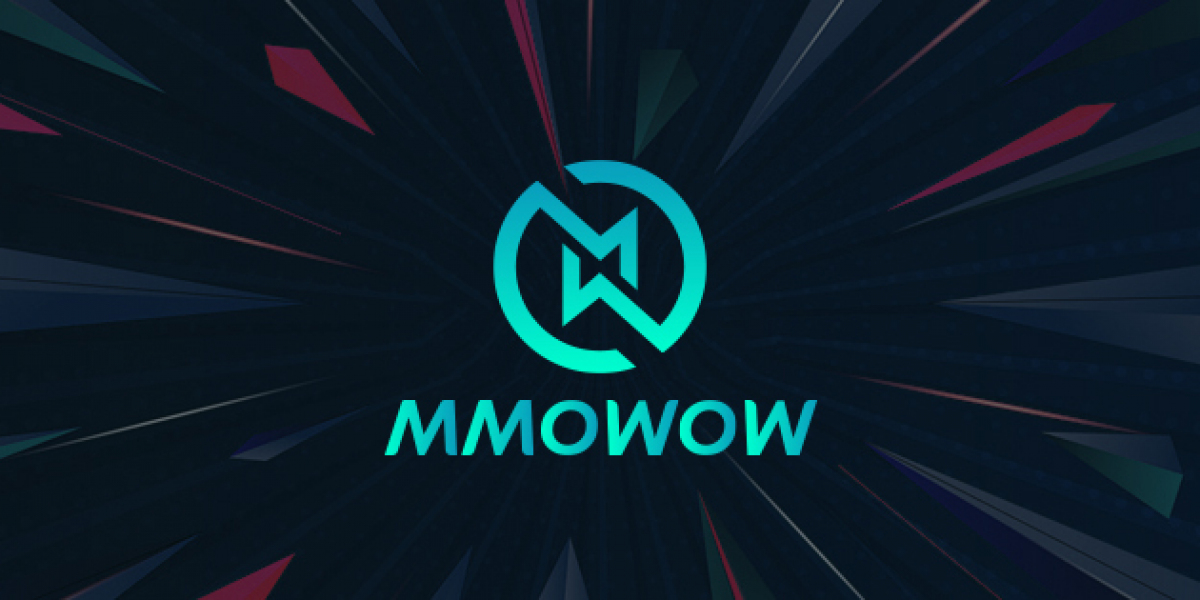This isn't just a single "center," but rather a network of services strategically located throughout the county to ensure help is within reach. Their mission is clear: to promote safe, healthy, responsible, and informed choices concerning alcohol and other drugs through programs responsive to community needs san luis obispo county drug and alcohol services.
What Services Does SLO County Drug and Alcohol Services Provide?
The county's services are designed to meet individuals at various stages of their recovery journey, offering a continuum of care that is often essential for lasting change:
Walk-in Clinics & Screening: This is often the first point of contact. Residents can walk in (or call) to receive a screening and assessment to determine their needs and guide them to the most appropriate services. This initial step is crucial for both voluntary clients and those mandated to seek treatment.
Locations: Clinics are available in San Luis Obispo, Grover Beach, and Paso Robles, with specific walk-in hours. Note: As of May/July 2025, the Atascadero walk-in clinic may have changed its services, with individuals directed to the Paso Robles clinic for walk-ins. It's always best to call ahead.
Accessibility: They strive to make services accessible, offering bilingual (Spanish/English) services.
Withdrawal Management (Detox) & Sobering Center: For individuals needing to safely withdraw from substances, the county offers supervised withdrawal management services. The Sobering Center (located at 2180 Johnson Avenue, San Luis Obispo) provides a safe, supportive environment for this initial phase, operating 24/7. This crucial step helps manage uncomfortable and potentially dangerous withdrawal symptoms under medical guidance.
Outpatient Treatment Programs: These programs allow individuals to live at home while attending regular therapy and group sessions. The county offers various outpatient levels, including:
Early Intervention: For those just beginning to experience substance use problems.
Intensive Outpatient (IOP): More structured, with several hours of therapy a few days a week.
Co-occurring Outpatient: Specialized programs for individuals dealing with both substance use and mental health disorders simultaneously (Dual Diagnosis).
Medically Assisted Outpatient (MAT): Integrates medication (like Methadone or Suboxone for opioid dependence) with counseling for conditions like opioid or alcohol dependence, often with an on-site pharmacy for convenience.
Outpatient for Women and Their Children: Tailored support for mothers in recovery, allowing them to participate in treatment without separation from their children.
Residential Placement: While the county doesn't operate its own long-term residential facilities, they provide referrals and assistance with placement into county-contracted or certified residential treatment centers for individuals who require a more intensive, 24/7 living environment.
Youth Substance Use Treatment Program: Dedicated services are available for adolescents (under age 18), recognizing their unique developmental needs in recovery. Parents/caregivers are encouraged to attend initial screenings.
Adult Justice/Court-Mandated Programs: They provide services for individuals involved in the criminal justice system who are mandated to attend drug and alcohol treatment.
Driving Under the Influence (DUI) Programs: State-licensed DUI programs are offered to help offenders fulfill legal requirements in California, with various program lengths depending on conviction history.
Recovery Support Services: Beyond formal treatment, the county connects individuals with vital recovery support resources, understanding that long-term sobriety relies on ongoing community and peer support. This includes referrals to 12-step programs (AA, NA) and other community-based support groups.
Case Management: Personalized support to help individuals navigate the treatment system, access other social services (housing, employment), and address various life needs that impact recovery.
Who is Eligible and How to Access Services?
Eligibility: All adult residents of San Luis Obispo County are welcome to use their walk-in screening service. They serve both voluntary and court-mandated clients.
Cost: There is no cost for the initial screening. The County of San Luis Obispo Health Agency, Behavioral Health Department is currently the primary Drug Medi-Cal certified provider in the County, meaning Medi-Cal often covers services. For those without Medi-Cal, they can help check for eligibility or assist with referrals for private insurance. They also offer sliding scale fees for individuals without insurance, ensuring that no one will be denied service due to inability to pay.
How to Connect:
Behavioral Health Access Line (24/7 Hotline): 1-800-838-1381. This is the primary number to call for screening and connection to services for drug and alcohol treatment and mental health.
Central Coast Hotline (24/7 Crisis Hotline): 1-800-783-0607 (for immediate mental health crisis help).
Suicide and Crisis Lifeline: Call or text 988.
Direct Clinic Phone Numbers:
San Luis Obispo Adult: 805-781-4275 (2180 Johnson Ave.)
Grover Beach Adult: 805-473-7080 (1523 Longbranch Ave.)
Paso Robles Adult: 805-226-3200 (805 4th St.)
Youth Treatment (under 18): 805-781-4754 (parent/caregiver must attend screening)
Your Partner in Recovery
San Luis Obispo County Drug and Alcohol Services stands as a crucial resource for anyone in the region seeking to overcome substance use challenges. Their commitment to accessible, comprehensive, and client-centered care means that help is available, regardless of your background or ability to pay.














